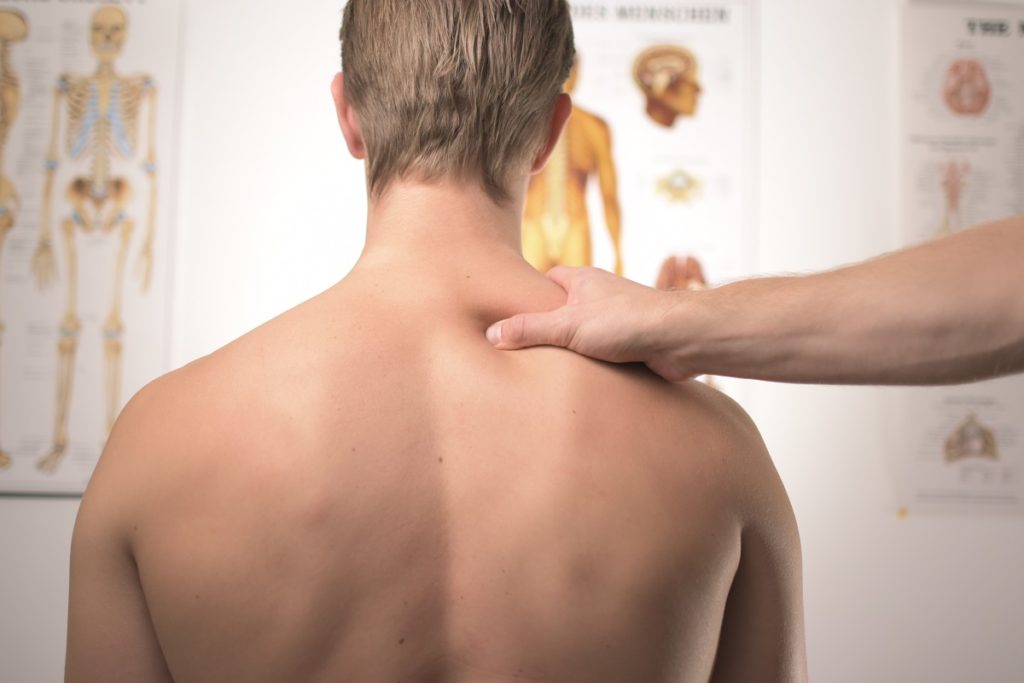Despite being one of the most common spinal conditions in the world, scoliosis is a complex issue that differs from person to person. With scoliosis, a person’s spine is curved sideways in a C or S shape, with the vertebrae rotating in certain angles as they form that curve. These vertebrae can either be compressed or stretched in some areas, leading to pain and other issues.
Non-surgical scoliosis treatments involve using specific physical exercises to manipulate the spine in such a way that the abnormal curvature is minimized, if not corrected, or eliminated.
There are numerous non-surgical treatments for this condition. Still, these three are the most popular not just because of their perceived efficacy but also because they’re the ones that show the most promise from a medical and scientific perspective.
The Schroth Method
Created in Germany by Katharina Schroth in the 1920s (further popularized by her daughter Christa), the Schroth method is currently the most popular and most studied physiotherapeutic treatment for scoliosis. This particular method uses a series of physical therapy exercises and breathing techniques to restore muscular symmetry and re-align a person’s posture. The breathing exercises are also supposed to strengthen the muscular and skeletal structure on the concave side of the body.
The Schroth method is supposed to make people more aware of their posture, which, in turn, leads to a correction of the spinal curvature and relieve scoliosis-related pain in the back.
The Lyon Method

This method is developed by the Clinique du Parc in Lyon, one of the oldest physiotherapy schools in France. It combines physiotherapy practices and the patented Lyon Brace and Casting techniques of the clinic. It also encourages the three-dimensional mobilization of the different vertebrae of the spine, especially the illo-lumbar angle (one of the major causes of lumbar scoliosis). The Lyon method also teaches patients about proper posture and ways to maintain it in their everyday activities, including appropriate sitting posture.
As with other non-surgical, physiotherapy-centric practices, the Lyon method takes into account the patient’s age: juvenile patients, those aged 17 and below, are taught physical exercises that do not involve stretching. In contrast, adult patients have a program that involves stretching and focuses on spinal disc protection and pain relief.
The Lyon method aims to increase a patient’s spinal range of motion, better neuromuscular control of the spine, muscular strength, and eventually, correction of the spine’s curvature.
The SEAS Method
Also known as the Scientific Exercise Approach to Scoliosis, the SEAS method is an exercise program that uses scientifically-backed exercises (using the most current research in the field of scoliosis treatment) to relieve pain and improve spinal curvature. The SEAS method is customized to every patient’s individual needs and is a constantly evolving program that incorporates the latest research as it comes out.
The SEAS method is focused on self-correction that eschews the need for braces and casts. Instead, it relies on functional, strength-building exercises. Each patient that uses the SEAS method is individually evaluated so that physiotherapists can build a program unique to the patient and their needs. Each SEAS method treatment is designed, however, to be practiced either as an outpatient service. It’s broken down to two or three times a week at 45 minutes each or as a home-based exercise program that involves 20 minutes of exercises combined with professional physiotherapy sessions.
With this information in mind, you will have a better understanding of the available treatments. If a time may come when you’ll need it, you can make a more informed decision about which to use.

